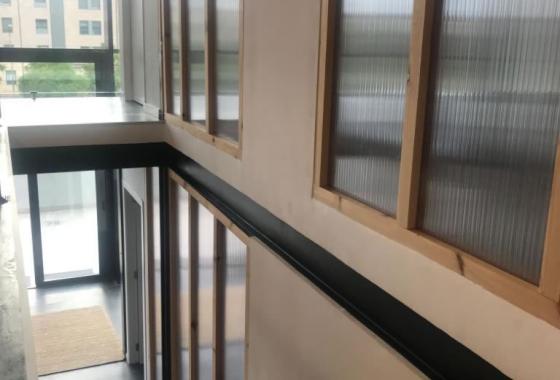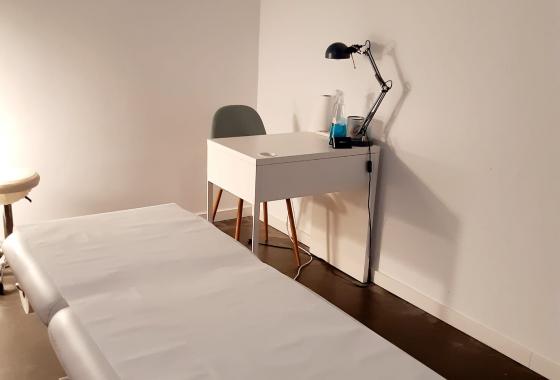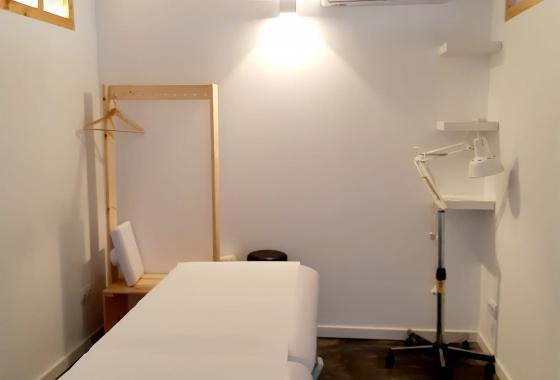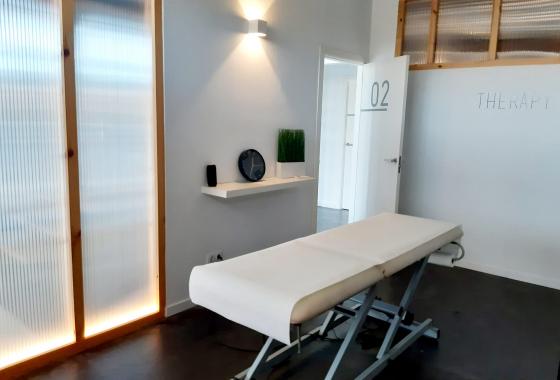A symptomatic Lumbar Hernia can cause pain in different regions that will depend on the location of the hernia. Keep reading and know the symptoms, causes, diagnosis of Lumbar Disc Herniation and how from FisioClinics Palma de Mallorca we help you with technical improvements and therapeutic tools for the solution of this condition.
What is Lumbar Disc Herniation?
Lumbar Disc Herniation is the displacement of components of the intervertebral disc that is a kind of pad or shock absorber, which allows and controls the movement of the lumbar vertebrae beyond their margins, occupying the space where the nerve roots run, with the risk that you can compress them, as well as injure yourself.
In addition, lumbar hernias do not always produce symptoms and their appearance will depend on the degree of compression and inflammation of the involved nerve root.
What are the symptoms of a Lumbar Disc Herniation?
There are various symptoms that are characteristic of Lumbar Hernias these are:
-
Lower back pain.
-
Pain radiating to the leg and / or foot.
-
Numbness or tingling sensation in the leg and / or foot.
-
Pain and numbness in the front of the thigh.
-
Weakness in the lower limbs.
-
Transmission of pain and sensory disturbance from the upper and lower leg to the outer edge of the foot and little toe.
-
Reduction of reflections.
What Causes Lumbar Disc Herniation?
There are multiple causes of a Lumbar Disc Herniation:
-
Intimate relationship between a herniated disc and natural aging of the spine.
-
Men between the ages of 30 and 50 are more likely to have a lumbar hernia.
-
Carry unsuitable weights.
-
Being overweight.
-
Repetitive activities.
-
Maintain postures for a long period of time, such as when driving, working while sitting, etc.
-
Have and maintain a sedentary lifestyle.
-
Having bad habits such as smoking as this reduces the supply of oxygen and hydration to the discs.
How is the medical diagnosis of Lumbar Disc Herniation made?
It is always necessary to take a medical history, where the anamnesis, the history of pain, the route and the symptoms that present will be taken into account. The initial evaluation during a medical exam includes:
-
Any external manifestation of pain.
-
Evaluation through palpation of spinous processes and interosseous ligaments.
-
Range of motion evaluation and muscle strength tests.
-
Stress tests to determine the affected root level.
-
Sensitive evaluation.
In addition to this, neurological examinations have to be carried out to see the nervous involvement of the injury, it can also be accompanied by X-rays and MRIs, to find out if there is the possibility of other alterations in the lumbar spine.
 Physiotheraphy
Physiotheraphy Osteopathy
Osteopathy Massage
Massage Lymphatic
Lymphatic Group classes
Group classes Home
Home Baby
Baby







































